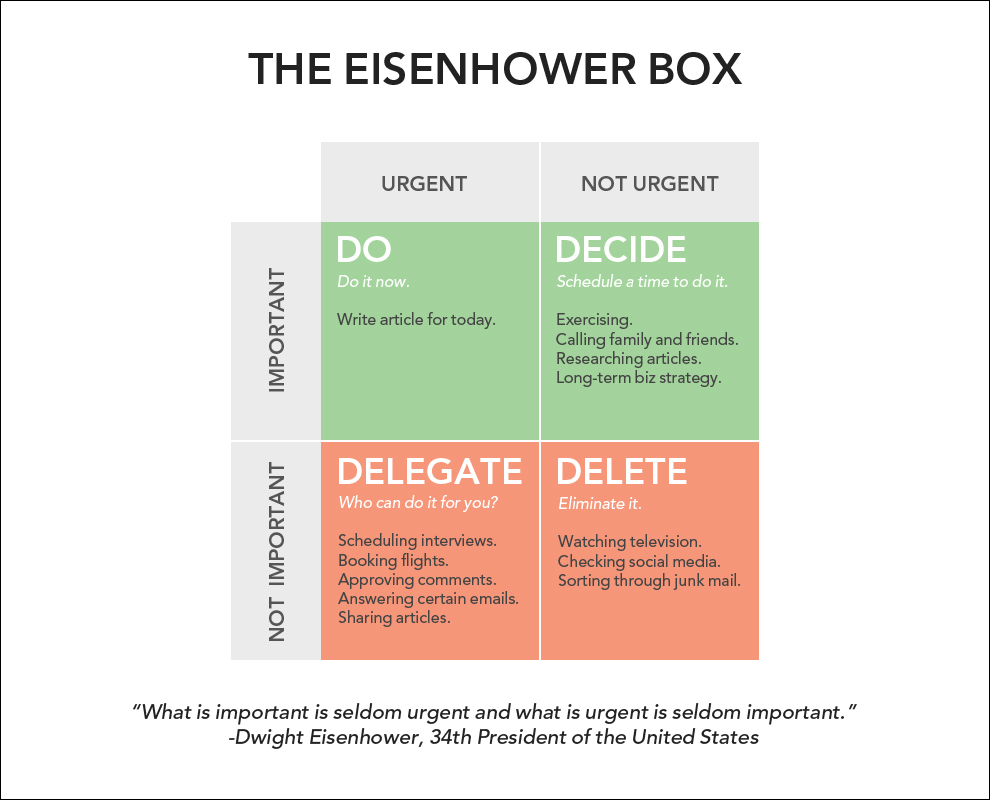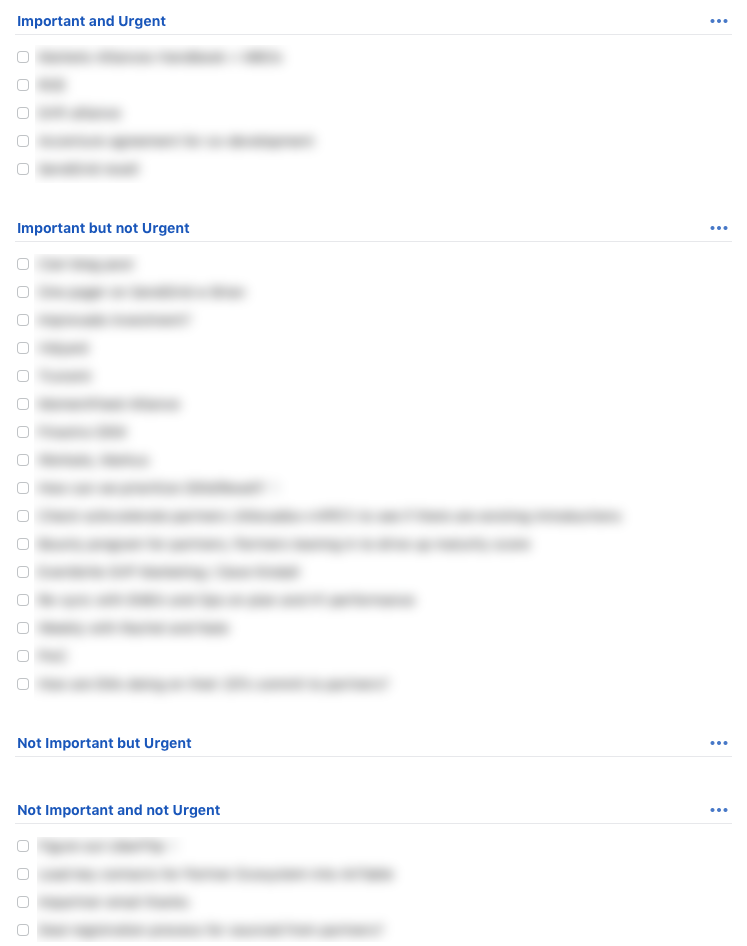I had my first job back when I was 12 years old. And ever since I started making money from that first job, my parents used to always tell me “make sure you save your money!” We’re all told that growing up, but it wasn’t until later in my early 30s did I really figure out how to manage and save my money. Do you have a system for managing and saving money? Here’s mine…
When we’re growing our careers, it’s normal to keep count based on how much money we’re making. I learned in my 20s that just increasing your income isn’t enough… it’s also important to have a system for saving and investing. But it wasn’t until my 30s, did I really figure out the system that completely changed how I manage my money.
Before I discovered this system, I thought saving money was just about discipline and spending less.
Before I discovered this system, I thought saving money meant just doing a 401k and having a savings account.
Before I discovered this system, I thought the way to building wealth was to simply work on earning MORE.
Turns out none of those things were it. I kept making more and more, but still didn’t feel like I was scoring more.
To me, I want to live a PROACTIVE life and I want to live a life where I can do whatever I want. And so financial freedom has always been important to me.
And so when just pure discipline wasn’t working for me, I constantly looked for ways to crack this code to building wealth.
It FINALLY clicked for ME when a friend introduced me to the idea of having MULTIPLE bank accounts (instead of just a checking and savings)
You see… all through my 20s, I would have just ONE bank account. All the money would go in there, I’d move some to savings, and then I’d spend out of my checking.
But the moment when my friend introduced me to the idea of having MULTIPLE accounts, was when everything changed for me.
Instead of just earning money, and spending, I set up multiple accounts so that my money flowed systematically.
Money would come into this main account. Right after money came in, I’d automatically move a portion (based on my budget) to:
- Savings
- …to Investments
- …to Travel (because it was important to me)
- …and then to my monthly spending account
- …and then finally, I’d pay my bills AFTER I paid myself
This meant that instead of just spending and hoping for the best, I limited myself to these specific accounts where my money got allocated and locked in, I paid myself first in the buckets that mattered to me, and most importantly, I made strides toward wealth building goals that were important to me such as investing, travel and saving for emergencies.
If you want to live a proactive life where you have control over your time… Building financial independence is extremely important… How many bank accounts do you have? How are you managing your money? What’re you doing to be more proactive in your life?











